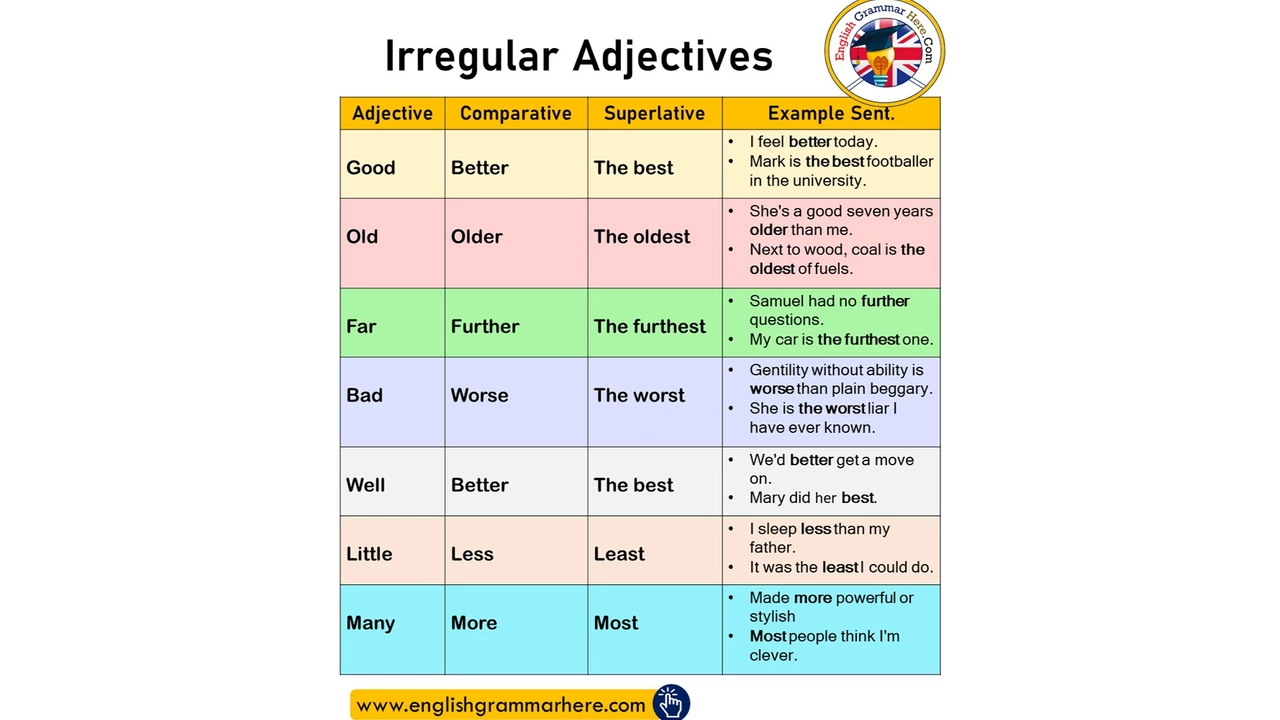Comparison Insights – What Motorsports Fans Want to Know
Ever wondered how F1 stacks up against IndyCar, or why Mercedes is the only German brand in Formula 1? You’re not alone. This page gathers the posts that break down the big “versus” questions that keep the racing community buzzing.
We’ll walk you through the main match‑ups, point out the key differences, and give you the practical takeaways you can use the next time you chat with fellow fans or decide which race to watch.
Racing Series Face‑Off: F1 vs IndyCar
F1 is all about ultra‑light aerodynamics, cutting‑edge hybrid power and city‑street glamour. IndyCar, on the other hand, mixes ovals, road courses and a more affordable budget. If you love high‑speed tech talk, F1 delivers more data per lap. If you enjoy a mix of track types and closer fan access, IndyCar often feels more approachable.
When it comes to global reach, F1 has a massive TV audience and a luxury image. IndyCar’s TV numbers are smaller, but the series often runs more races in the United States, giving local fans more chances to catch a live event. The choice usually boils down to whether you value cutting‑edge engineering or a broader range of circuits.
Team Principal vs. Manufacturer: Who Drives Success?
The team principal is the behind‑the‑scenes boss who decides race strategy, driver line‑up and media messaging. Think of them as the head coach of a football team, but for cars. Manufacturers like Mercedes or Ferrari provide the money, tech and brand power. Without a strong principal, even the deepest pockets can’t turn a car into a winner.
Mercedes stays in F1 because the brand sees a direct link to its performance image. BMW and Audi have held back, citing cost and risk. If a manufacturer decides the marketing payoff isn’t worth the expense, the team principal still has to make the most of limited resources.
These comparisons help you see why some teams thrive while others stall, even when they share similar budgets or driver talent.
Beyond big series, we also compare niche topics like NASCAR’s expansion into Canada, Mexico and Europe, showing how the American stock‑car format adapts to local cultures. The posts explain how each country tweaks rules, track layouts and fan experiences to make NASCAR work on their turf.
All of this adds up to a handy reference for anyone who likes to weigh pros and cons before forming an opinion. Whether you’re a casual viewer or a hardcore enthusiast, the side‑by‑side analysis gives you the facts you need without the jargon.
Ready to dive deeper? Browse the individual articles below and pick the comparison that piques your interest. From legal dramas that could affect team line‑ups to property investment tips for racing fans, the tag page has it all. Happy reading, and may your next debate be backed by solid facts!
